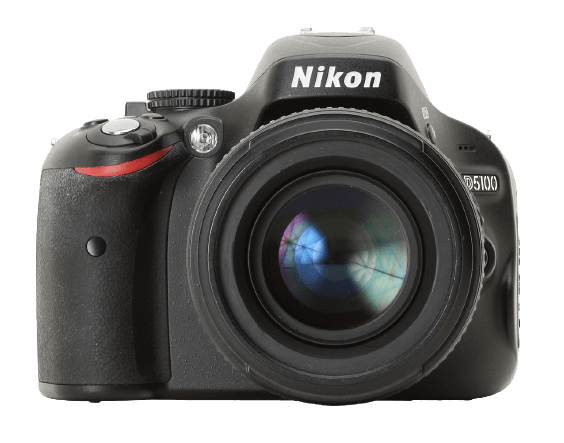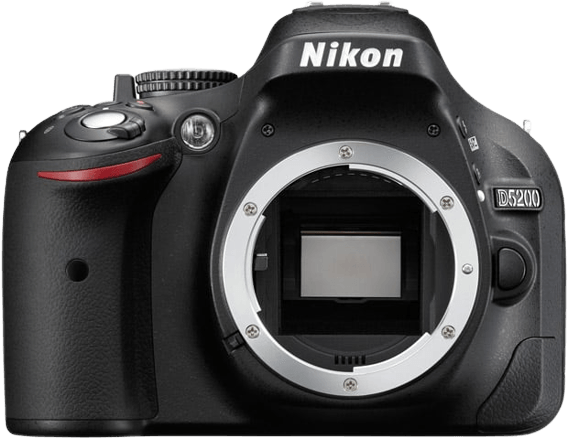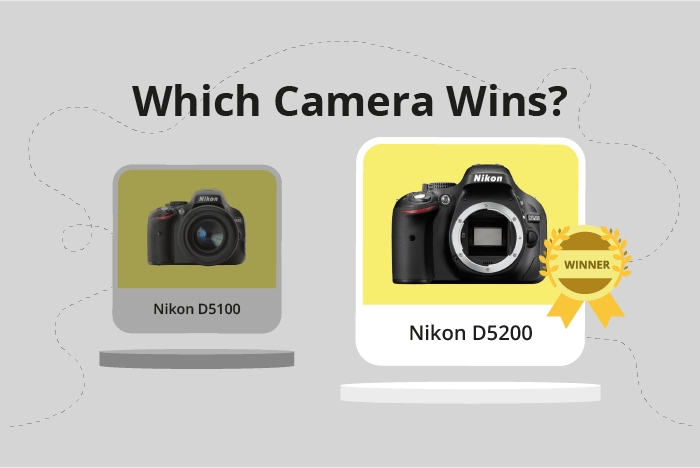Nikon D5100 vs D5200 Comparison
Nikon D5100

Nikon D5200

The Nikon D5200 emerges as the winner with a score of 56/100, while the Nikon D5100 scores 49/100. Both cameras are DSLR models, announced in 2011 and 2012, respectively. They share similarities in size and weight, with the D5100 measuring 128 x 97 x 79mm and weighing 560g, and the D5200 measuring 129 x 98 x 78mm and weighing 555g.
The D5200 has a higher score due to its superior features and performance. However, the D5100 is not without its merits, as it initially launched at a lower price of $799 compared to the D5200’s $897. In terms of affordability, the D5100 has an advantage.
Taking all factors into account, the Nikon D5200 is the better camera, offering more advanced features and capabilities. The Nikon D5100 is a good alternative for those seeking a more budget-friendly option without compromising on quality.
Nikon D5100 vs D5200 Video Performance
When it comes to video capabilities, the Nikon D5100 does not have any video functionality. This means that if you are looking for a camera that can capture video, the D5100 would not be a suitable choice. On the other hand, the Nikon D5200 offers video capabilities that are worth considering.
The Nikon D5200 has a video score of 70 out of 100. This camera can record videos in Full HD, with a maximum resolution of 1920 x 1080. This high resolution ensures that the videos captured are of excellent quality. Moreover, the D5200 can record videos at a maximum frame rate of 60 frames per second, allowing for smooth and clear footage. Additionally, the D5200 has a built-in time-lapse functionality, which enables users to create stunning time-lapse videos without the need for additional equipment or software.
Taking into account the video capabilities of the Nikon D5200, it is evident that this camera is a solid choice for those who require video functionality. The D5100, lacking video capabilities, would not be suitable for users with video recording needs. It is important to consider your specific requirements when selecting a camera, and in this case, the Nikon D5200 stands out as the better choice for video recording.
Nikon D5100 vs D5200 Features and Benefits
The Nikon D5100 and Nikon D5200 both have a feature score of 41 out of 100, making it a tie in this aspect of the comparison. These cameras share several specifications, such as screen size, screen resolution, flip screen, and the absence of a touchscreen, GPS, WIFI, and Bluetooth.
Both cameras have a 3-inch screen size and a screen resolution of 921,000 dots, providing users with a clear and crisp display of their images. Additionally, the flip screen feature in both cameras allows for more flexibility in capturing images from various angles, making them suitable for different shooting situations.
Since the feature scores are equal, it is important to examine the individual features to determine if one camera is better than the other. However, as mentioned earlier, the Nikon D5100 and Nikon D5200 have identical specifications in this regard. Therefore, it is not possible to claim that one camera is better than the other based on these features.
To conclude, the Nikon D5100 and Nikon D5200 are evenly matched in terms of features, with both cameras scoring 41 out of 100. They share the same screen size, screen resolution, flip screen, and lack of a touchscreen, GPS, WIFI, and Bluetooth. As a result, neither camera can be considered superior to the other based on these specifications.
Nikon D5100 vs D5200 Storage and Battery
The Nikon D5100 outperforms the Nikon D5200 in storage and battery, scoring 51 out of 100 compared to the D5200’s 27 points. Both cameras share some common specifications: they each have one memory card slot, accept SD/SDHC/SDXC memory cards, use the EN-EL14 battery type, and lack USB charging capabilities.
The D5100’s superiority lies in its impressive battery life, offering 2200 shots per charge, while the D5200 only provides 500 shots. This significant difference makes the D5100 more reliable and convenient for extended shooting sessions.
On the other hand, the Nikon D5200 does not have any advantages over the D5100 in terms of storage and battery. Both cameras share the same storage capabilities and battery type, but the D5200 falls short in battery life.
Considering these factors, the Nikon D5100 is the clear winner in storage and battery performance, making it a more reliable choice for photographers who require longer battery life. The Nikon D5200 does not offer any benefits in this area, making it less appealing for those prioritizing storage and battery capabilities.
Nikon D5100 vs D5200 – Our Verdict
Are you still undecided about which camera is right for you? Have a look at these popular comparisons that feature the Nikon D5100 or the Nikon D5200:

